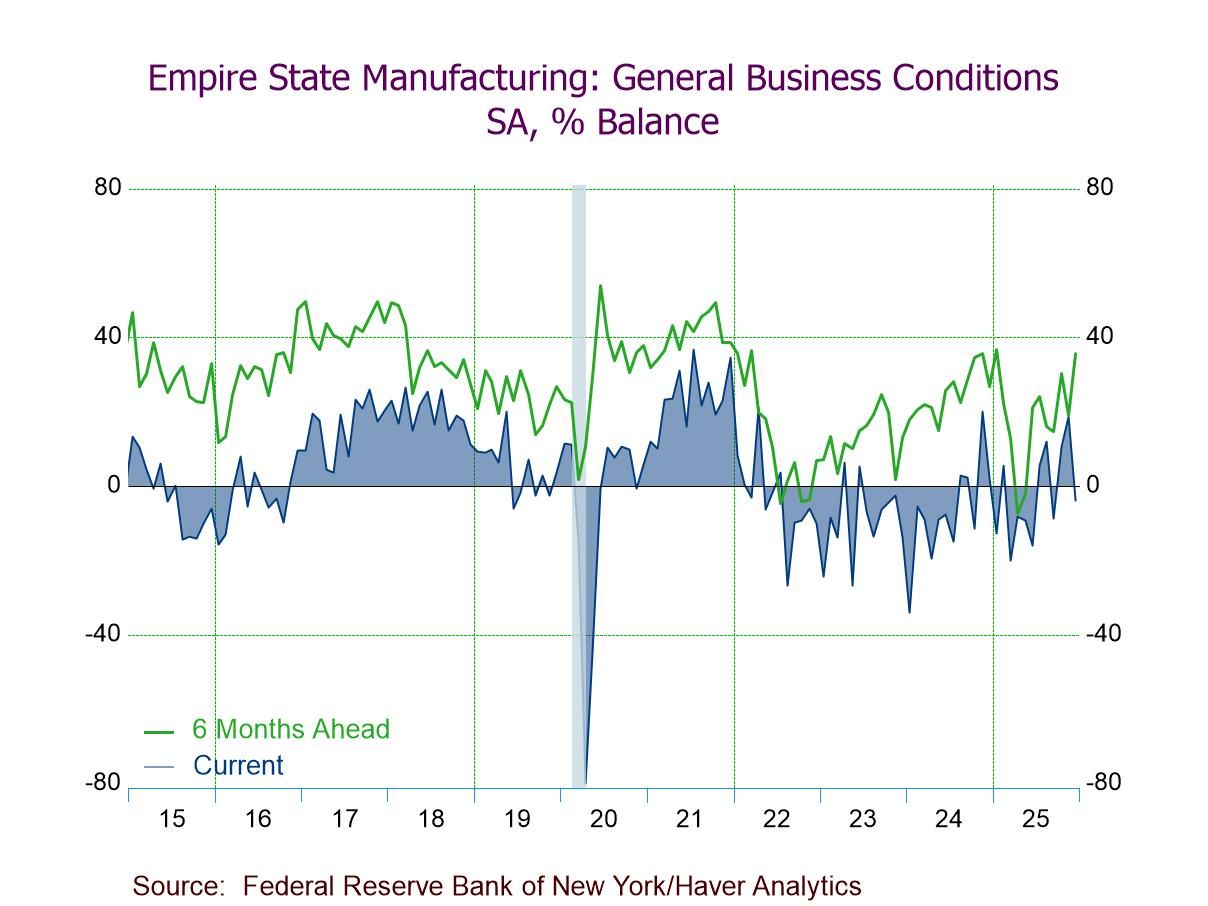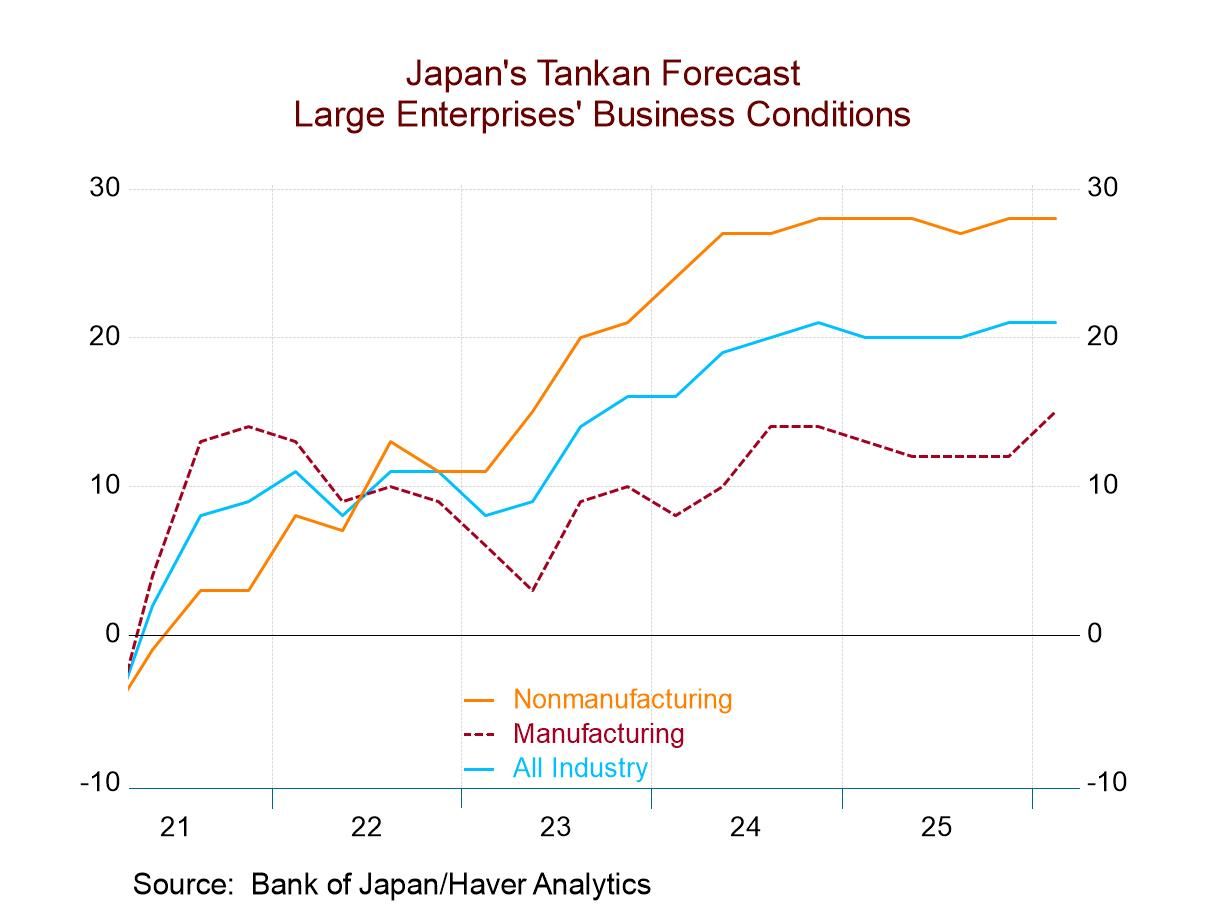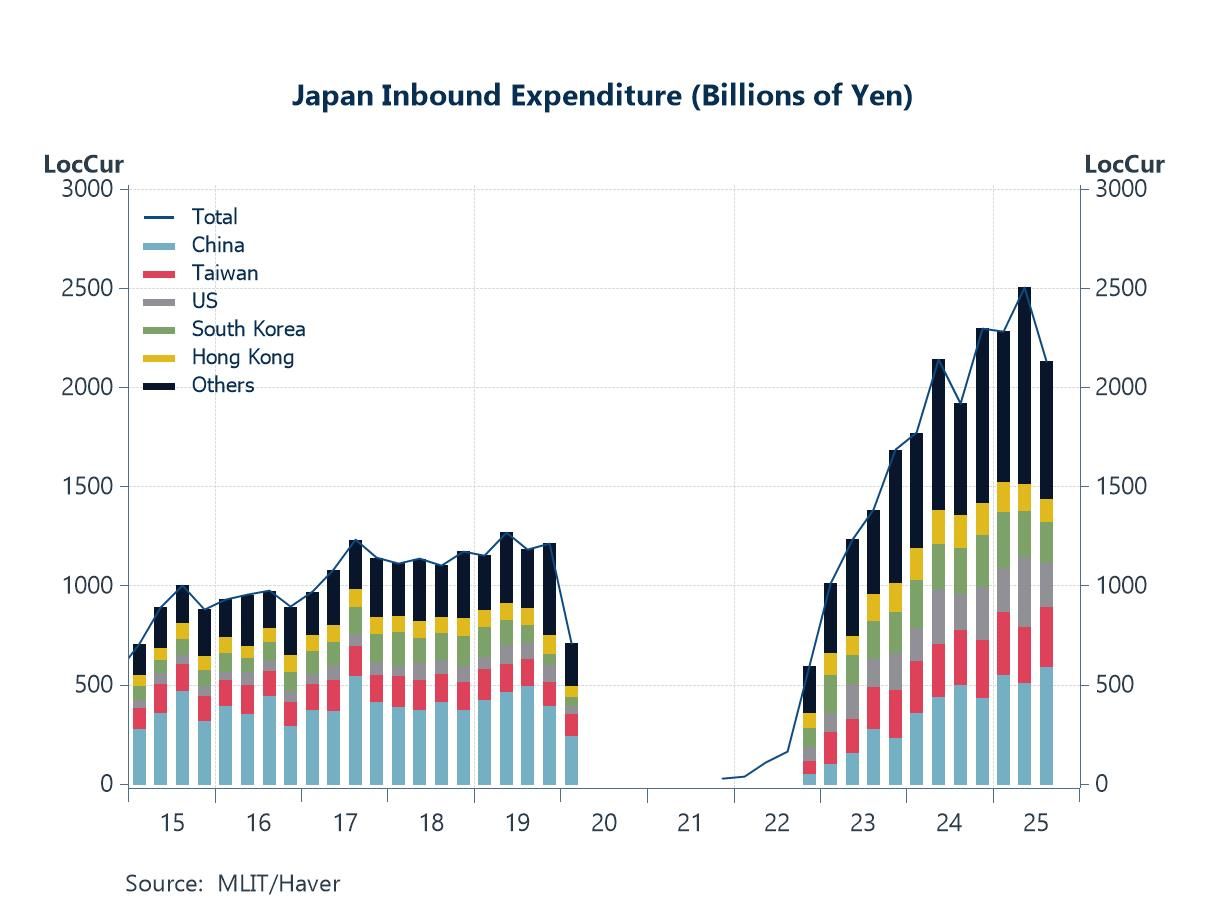by Tom Moeller September 9, 2014
The National Federation of Independent Business reported that its Small Business Optimism Index rose to 96.1 during August following an unrevised July increase to 95.7. The latest level remained near its highest since September 2007, just before the recession began.
Improvement was evident in most component series including the percentage of firms expecting the economy to improve. The percentage planning to make capital expenditures in the next 3 to 6 months also gained to its highest level since late 2007. The percentage with positions unable to fill right now also returned to its 2007 high. The percentage expecting higher earnings this quarter and the percentage expecting to add to inventories rose slightly.
The downside was the percentage of firms expecting higher real sales in six months and the percentage indicating that now was a good time to expand the business. The percentage planning to increase employment reversed two months of increase.
On the pricing front, the percentage of firms raising prices now fell sharply and reversed six months of improvement while the percentage planning future price increases fell to the lowest level since March. Labor's pricing power remained firm, especially the percentage of firms planning to raise worker compensation.
The most important problems faced by small business were taxes (24%), government requirements (a lessened 19%), poor sales (13%), quality of labor (11%), insurance cost & availability (8%), competition from large businesses (7%), cost of labor (4%), inflation (4%) and financial & interest rates (2%).
Roughly 24 million small businesses exist in the U.S. and they create 80% of all new jobs. The typical NFIB member employs 10 people and reports gross sales of about $500,000 a year. The NFIB figures can be found in Haver's SURVEYS database.
| National Federation of Independent Business | Aug | Jul | Jun | Aug'13 | 2013 | 2012 | 2011 |
|---|---|---|---|---|---|---|---|
| Small Business Optimism Index (SA, 1986=100) | 96.1 | 95.7 | 95.0 | 94.1 | 92.4 | 92.2 | 91.4 |
| Firms Expecting Higher Real Sales In Six Months (Net %) | 6 | 10 | 11 | 5 | 4 | 2 | 3 |
| Firms Expecting Economy To Improve (Net %) | -3 | -6 | -10 | -2 | -15 | -9 | -9 |
| Firms Planning to Increase Employment (Net %) | 10 | 13 | 12 | 10 | 6 | 4 | 3 |
| Firms With Few or No Qualified Applicants For Job Openings (Net %) | 46 | 42 | 43 | 42 | 39 | 35 | 32 |
| Firms Reporting That Credit Was Harder To Get (Net %) | 5 | 5 | 6 | 6 | 6 | 8 | 10 |
| Firms Raising Average Selling Prices (Net %) | 6 | 14 | 14 | 2 | 2 | 4 | 5 |
U.S. JOLTS: Job Openings and Hires Rates
Hold Steady The Bureau of Labor Statistics reported in its Job Openings & Labor
Turnover Survey (JOLTS) that the job openings rate during July held m/m at 3.3%
following its jump from 2.8% at yearend 2013. The latest level was the highest
since June 2007. The job openings rate is the number of job openings on
the last business day of the month as a percent of total employment plus
job openings. The actual number of job openings rose 22.5% y/y to
4.673 million. The private-sector job openings rate improved to 3.5% from a downwardly
revised 3.4%. It was the highest level since June 2007 and up from the
recession low of 1.7%. The rate in professional & business services
remained at the ten-year high of 4.5%. Amongst leisure & hospitality
firms, the rate fell to a still-strong 4.2%. In the health care &
social assistance sector, the job openings rate held at 3.9% and remained well above the 2.9% averages in 2009-2010. The rate in
manufacturing was steady at a firm 2.4% while in construction it slipped to
2.3%. The job openings rate in the government sector was steady at 2.2%,
up from 1.3% to 1.7% averaged back to 2008. The hires rate held at 3.5%, its recovery high. The hires
rate is the number of hires during the month divided by employment.
The private sector hires rate was stable at 3.9%, a seven-year high. The construction hires rate
jumped to 6.1% from its recent lows near 4.5%. Amongst leisure & hospitality firms it held at
a modestly lower 5.8%. In professional
& business services, it was stable at 5.2% and the hires rate in retail
trade gained to 5.1%. In education & health
services, the hires rate was stable at 2.5%. In the factory sector, the
hires rate slipped to 2.1% and remained below the 2.5% high late in 2010.
The government sector hires rate improved to a low 1.4%. The number of hires improved 1.7% m/m and jumped 7.7% y/y. Private
sector hires gained 7.6% y/y as new retail trade jobs surged 21.3% y/y and
construction sector employment rebounded 19.2% y/y. Factory sector hiring
improved 12.1% y/y while leisure & hospitality employment rose 8.6% y/y.
Government sector hiring recovered 8.4% y/y and jobs in professional & business services increased
4.8% y/y. To the downside, hiring in education & health services
industries slipped 0.4% y/y. The job separations rate held at 3.3% and the actual number of
separations increased 5.7% y/y. Separations include quits, layoffs,
discharges, and other separations as well as retirements. The private
sector separations rate inched up to 3.7%, its highest level since
September 2013, while the government sector's rate fell to 1.2%, the
lowest level since last summer. The layoff
& discharge rate remained at 1.2% for the eighth strait month. The private
sector layoff rate inched up m/m to 1.4% but the government's rate fell to
0.3%. The JOLTS survey dates to December 2000 and the figures are
available in Haver's USECON database.
by Tom
Moeller September 9, 2014
JOLTS
(Job Openings & Labor Turnover Survey, SA)
Jul
Jun
May
Jul'13
2013
2012
2011
Job Openings, Total
Rate (%)
3.3
3.3
3.2
2.7
2.8
2.6
2.5
Total (000s)
4,673
4,675
4,577
3,816
3,914
3,646
3,538
Hires, Total
Rate (%)
3.5
3.5
3.4
3.3
39.6
38.8
38.1
Total (000s)
4,872
4,791
4,738
4,525
54,139
52,391
50,264
Layoffs & Discharges, Total
Rate (%)
1.2
1.2
1.2
1.2
14.6
15.5
15.7
Total (000s)
1,659
1,657
1,656
1,666
20,006
20,979
20,735


 Global
Global



